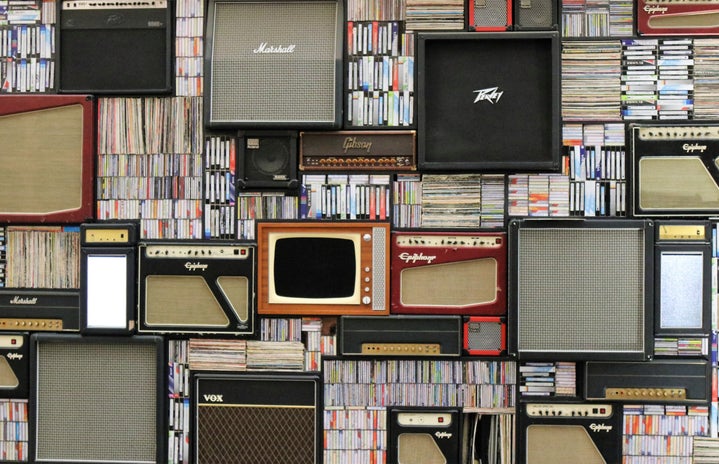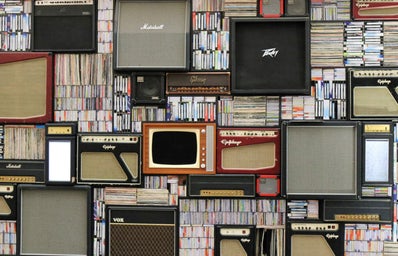Vincent Van Gogh, Francisco Goya, Ernest Hemingway, Marilyn Monroe, Amy Winehouse, Yayoi Kusama, Kid Cudi, Machine Gun Kelly, and many many many more. All are labeled ‘troubled artists’. All of whom used their mode of art as an ‘escape’ from their reality and all of whom amassed cult followings through the romanticization of their condition.
Throughout history, as aforementioned, there hasn’t been a shortage of such artists however, there has been a marked increase in their glorification, especially centering around the increased conversations over mental health and the influence it has on the art someone produces. While these conversations are crucial to humanizing artists – especially to an audience who solely perceives them through the work they produce – it is incredibly harmful when this same audience begins to associate ‘good art’ as being a byproduct of struggle and internal turmoil.
Opening about the mental health struggles one experienced, such as Harry Styles on pursuing therapy, versus going off of medications to ‘spur creativity’ as John Green did for Turtles All the Way Down are two very different messages to send to an impressionable audience. Whereas one offers vulnerability and then a positive solution to their internal struggles, the other exposes the toxic pressure of feeling the need to be ‘afflicted’ with something to produce good or emotional art.
This exploration opens two lines of questioning – what constitutes ‘good art’? And how much value does the emotional condition of the artists add or take away from the total value of the piece of art? Do we only consume art that certain artists portray because they talk of their pain? And if so, are we simply propagating the idea that an artist must experience pain, or be ‘tortured’ in order to produce art that people will actually want?
The romanticization of the troubled artists is an incredibly polarizing concept because, on one hand, a majority of such artists use their art as a mode of expression and a creative outlet for their pain, communicating to fans that they’re not alone in their struggles. However, on the other hand, as more people consume art borne out of pain, it creates a toxic pressure on an artist to only produce art following that line of emotion – feeling as if they can only produce anything worth consuming if they are actively in dark places that bring out the creativity that inspires and encourages their popularity.
So what does this mean? The portrayal of these artists as their struggles first and their art second diminutive the fact that they created the works they did despite their internal conflicts as well as inspired by them. Rather than characterizing them by what they went through to create what they did, we need to appreciate art as an individual entity while acknowledging yet not focusing on the road that was taken to produce it.

